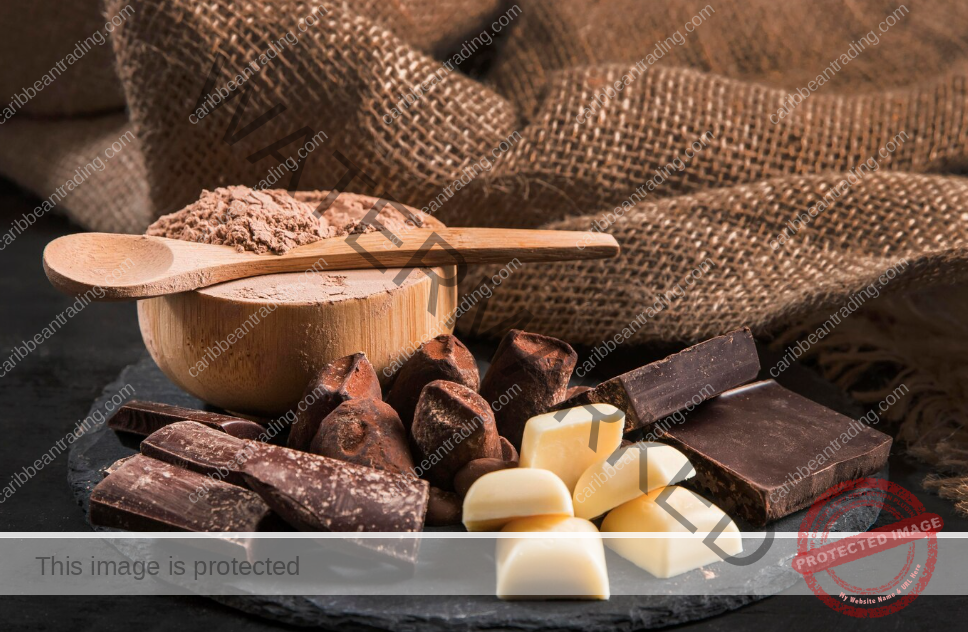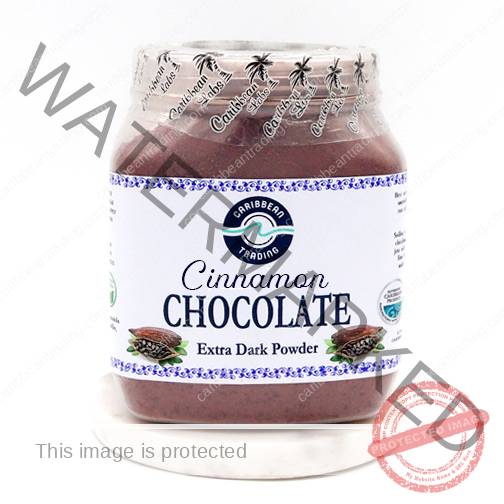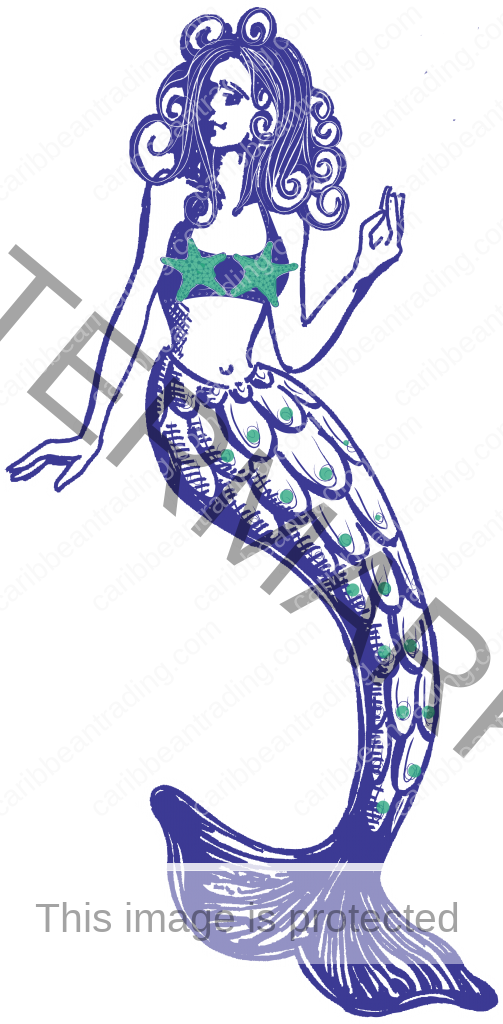Food & Recipes, Caribbean Lifestyle
What is Caribbean Chocolate? The History Behind It
Caribbean chocolate holds a unique place in the world of cocoa and confectionery. The rich history, diverse flavors, and the intertwining of indigenous, colonial, and post-colonial influences have shaped the region’s chocolate industry.
From the early cultivation of cacao by indigenous peoples to the modern-day challenges and opportunities, the story of Caribbean chocolate is a fascinating journey through time and culture.
Early Origins and Cultivation
Long before the arrival of European colonizers, the Caribbean was home to indigenous communities that cultivated cacao. The ancient Maya and Aztec civilizations in Mesoamerica were among the first to discover the delights of chocolate, and this knowledge eventually made its way to the Caribbean.
The indigenous peoples of the Caribbean, including the Taino in present-day the Dominican Republic and Puerto Rico, embraced cacao cultivation as an integral part of their agricultural practices. Cacao was not just a crop; it held cultural and ceremonial significance, consumed as a bubbly, spiced beverage.
The Impact of European Colonization
European colonization had a profound and lasting impact on the development of the Caribbean chocolate industry. The arrival of European kingdoms like Spain in the Caribbean during the Age of Exploration marked a significant turning point for the region.
The Europeans recognized the primary ingredient in chocolate as having economic potential and established plantations for its cultivation, transforming the Caribbean landscape and creating a lucrative commodity trade.
The labor system instituted by the colonizers also played a crucial role in shaping the chocolate industry in the Caribbean. The demand for cheap labor to work on cacao plantations led to the brutal exploitation of indigenous populations and the introduction of enslaved Africans.
Such a forced labor system, characterized by harsh working conditions and inhumane treatment, left a lasting social and cultural impact on the region. The blending of European, African, and indigenous influences contributed to the unique cultural mosaic of the Caribbean, shaping the people’s identity.
The monopolization of the industry left a legacy of economic inequality and dependency, as the Caribbean became a supplier of raw materials rather than a beneficiary of the value-added processing of its resources.
The Role of Slavery
The historical legacy of slavery has left an indelible mark on the production of chocolate in the Caribbean. During the colonial era, European powers established vast plantations across the region to cultivate cash crops, with cacao becoming a prominent commodity.
Slavery played a pivotal role in the cultivation and processing of cacao. The exploitation of African labor in the Caribbean laid the foundation for the chocolate industry, shaping the economic and social landscape of the region.
The grueling labor required for cacao cultivation, coupled with the intense manual processing of the beans, contributed to the perpetuation of a system built on oppression. Slavery in the Caribbean is intertwined with the very origins of the chocolate trade, making it impossible to separate the history.
While slavery officially ended in the 19th Century, its echoes reverberate through the chocolate industry in the Caribbean to this day. The historical injustices and inequalities created during the era of enslavement continue to shape the socio-economic dynamics of the region.
Efforts to address these historical wrongs and promote fair and sustainable practices in the chocolate industry are ongoing as stakeholders work towards a more equitable and just future for those producing Caribbean chocolate.
Changes in the Caribbean Chocolate Industry
The abolition of slavery in the 19th Century brought about significant changes in the Caribbean chocolate industry. With the end of forced labor, plantation owners had to adapt to new labor systems. Many turned to indentured laborers or migrant workers from Asia to sustain cacao production.
This period also witnessed the rise of independent small-scale cacao farmers, particularly in regions like Trinidad and Tobago, who played a crucial role in shaping the future of Caribbean chocolate.
The Rise of Caribbean Chocolate in the 20th Century
In the 20th Century, the Caribbean region witnessed a significant transformation in its chocolate industry, marking the rise of a unique and flavorful cocoa profile.
Traditionally known for its sugar production, the Caribbean began diversifying its agricultural landscape, emphasizing cultivating fine-flavor cocoa varieties. This shift laid the foundation for the emergence of high-quality Caribbean chocolate.
The region’s tropical climate and diverse terroir provided an ideal environment for cultivating fine-flavor cocoa beans, known for their nuanced and complex taste profiles.
To understand what is Caribbean chocolate for the natives, it’s vital to know what made it famous worldwide. Artisanal chocolate producers began to source beans from Caribbean nations, valuing the distinct flavors imbued by the local terroir.
This contributed to the economic development of Caribbean cocoa farmers and elevated the global perception of Caribbean chocolate. The unique combination of fruity, spicy, and floral notes in Caribbean cacao became a hallmark of its chocolate, distinguishing it from other regions worldwide.
Unique Flavors and Varieties of Caribbean Cacao
The Caribbean region is renowned for its diverse and unique cacao flavors, offering a rich tapestry of taste experiences. The distinct terroir of each island contributes to the unparalleled characteristics of Caribbean cacao, making it a sought-after ingredient for premium chocolate production.
Some flavors, for example, boast cacao with a delicate balance of fruity and floral notes, often with hints of citrus and nuttiness. This creates a complex and harmonious chocolate profile, elevating it to a level of sophistication appreciated by connoisseurs.
Customers can find some of the famous types of Puerto Rican cacao in our stores, Caribbean Trading. Among them, the organic extra dark powder is a must-try for many. It has some variations, like cinnamon, almond and coconut. Other flavors include ginger, hazelnut, and the most popular macadamia.
On the other hand, many celebrate the bold and robust flavor profile. These beans often carry deep, earthy undertones with a pronounced intensity that sets them apart. This unique flavor profile lends itself well to dark and milk chocolate varieties, making it a versatile and prized ingredient.
Other types of cacao are characterized by their diversity, with different regions producing beans that exhibit a wide range of flavor profiles. From the lush, fruity notes of beans grown in the northwest to the more robust and spicy tones found in the south, they offer an exploration of taste that mirrors the region.
Overall, the Caribbean’s cacao landscape presents an exciting palette of flavors that continue to captivate the imaginations of chocolate enthusiasts and contribute to the region’s significance in the global chocolate industry.
Challenges and Opportunities in the Contemporary Industry
One significant challenge is the impact of climate change on cocoa cultivation. Rising temperatures, changes in precipitation patterns, and the increased frequency of extreme weather events threaten cocoa production.
Farmers in Puerto Rico must adapt their practices to these changing conditions, implementing resilient and sustainable agricultural techniques to ensure the continued success of cocoa cultivation. Additionally, the industry faces competition from other regions, requiring PR to meet high-quality standards.
Despite these challenges, there are notable opportunities for growth in Puerto Rico’s cocoa industry. The demand for high-quality, ethically sourced cocoa is rising globally, presenting an opportunity for premium offerings.
Adopting organic and sustainable farming practices further enhances the marketability, appealing to environmentally conscious consumers. There is also potential for innovation in processing and product development, such as creating unique blends or specialty chocolates.
The cocoa industry also offers a chance to revitalize rural communities. By investing in infrastructure, providing support for small-scale farmers, and promoting agro-tourism initiatives centered around cocoa cultivation, the industry can become a driving force for sustainable development.
Sustainable Practices and Future Trends
Puerto Rico has witnessed a growing interest in sustainable practices within its agricultural sector, particularly in cocoa cultivation.
The island’s unique climate and topography present an opportunity for adopting environmentally friendly methods that enhance cocoa production and contribute to the conservation of natural resources.
Farmers in Puerto Rico are increasingly embracing organic farming techniques, minimizing the use of synthetic pesticides and fertilizers to promote soil health and biodiversity. This shift towards sustainable practices aligns with global trends and positions PR as an environmentally conscious product.
The future trends for cultivation are closely tied to advancements in agroecology and technology. Precision farming, aided by sensors and data analytics, is becoming integral in optimizing resource use and crop management.
Such changes include monitoring soil moisture, nutrient levels, and climate conditions to ensure efficient and sustainable cocoa production. Additionally, the adoption of agroforestry practices not only promotes biodiversity but also provides additional income streams for farmers.
Conclusion
The journey of understanding what is Caribbean chocolate goes from its early origins to the present day as a tale of resilience, adaptation, and transformation. The industry’s complex history, marked by indigenous cultivation, European colonization, and the legacy of slavery, has shaped its distinctive flavors and varieties.
While facing contemporary challenges, the industry is also experiencing a renaissance through sustainable practices and a renewed focus on local empowerment.
As Caribbean chocolate continues to evolve, it remains a symbol of the region’s rich cultural heritage and a testament to the determination of those who cultivate and cherish this precious commodity. If you wish to get some of this tasty cocoa, remember Caribbean Trading has some of the best examples to try!







